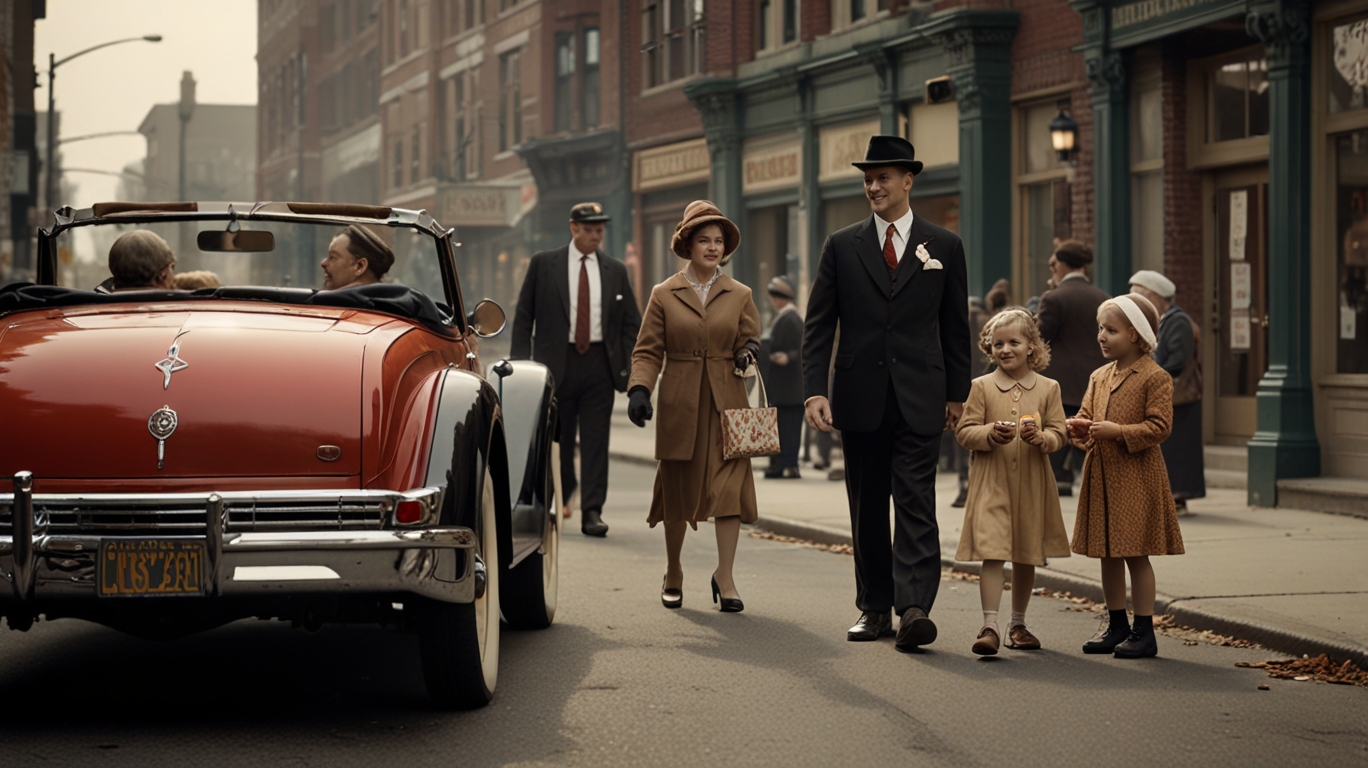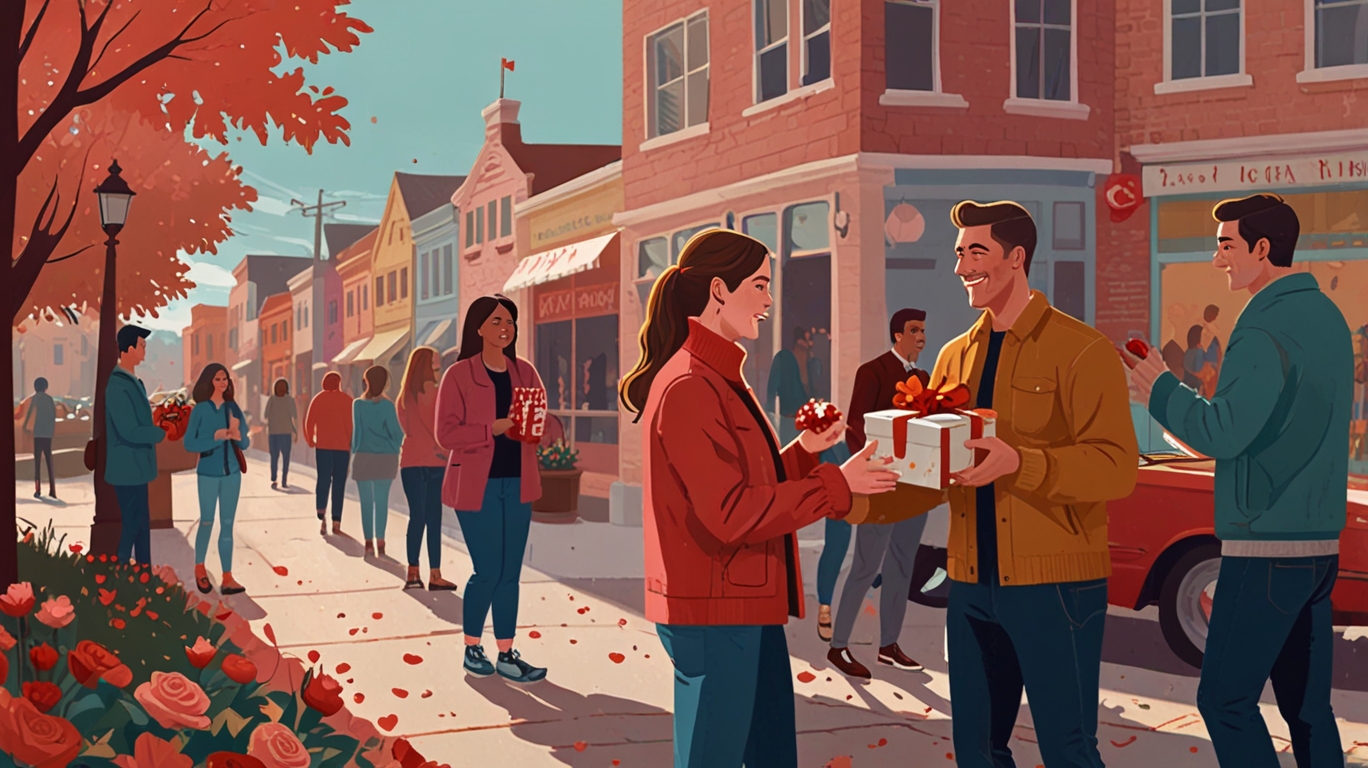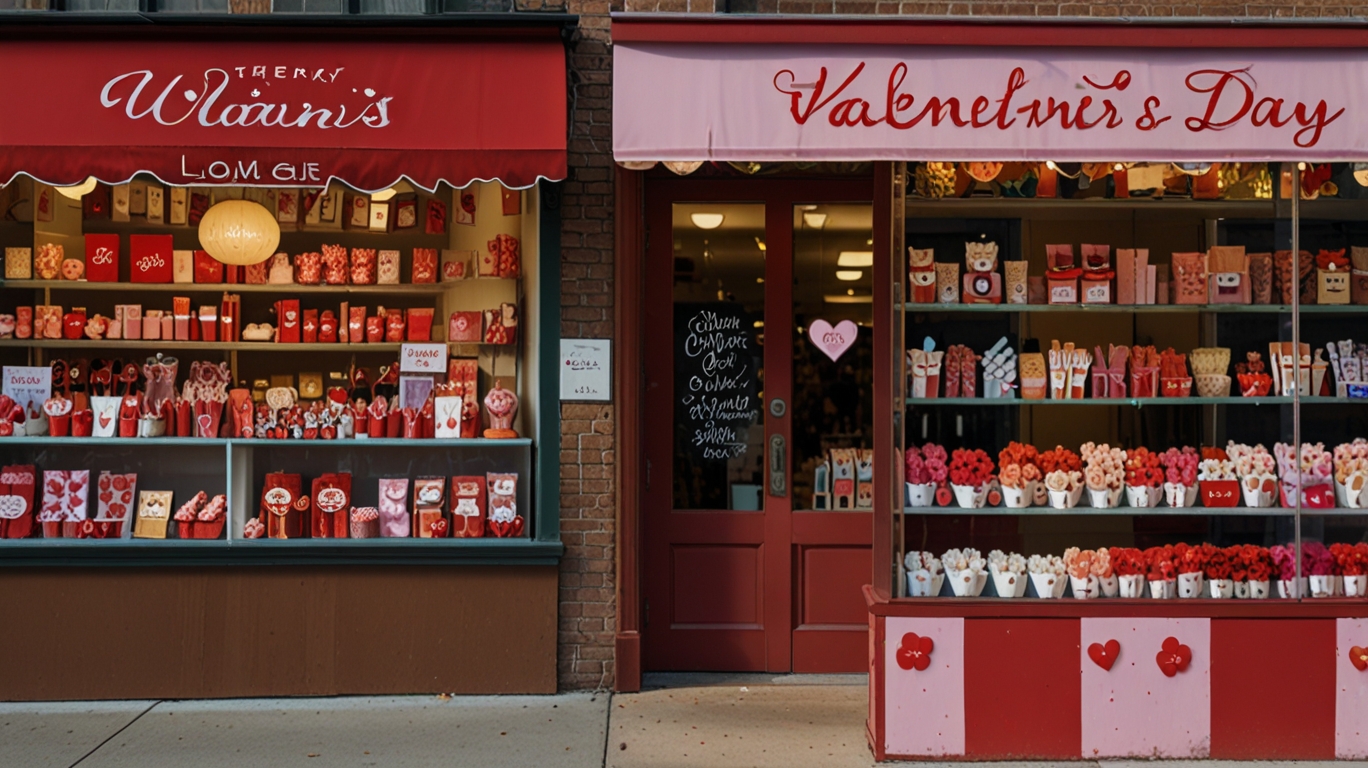Sweetest Day vs. Valentine’s: Should We Celebrate Both?


Valentine’s Day, known across the globe as a celebration of romance and affection, has a history that stretches back centuries, blending ancient traditions with religious lore and later evolving into the modern holiday we know today. The earliest roots can be traced to the Roman festival of Lupercalia, a mid-February event that honored fertility and purification, involving rituals meant to ward off evil spirits and encourage prosperity. Over time, as Christianity spread, the holiday was reinterpreted and associated with Saint Valentine, a name attributed to several martyrs. The most popular legend tells of a priest who secretly performed marriages for soldiers forbidden to wed under Roman law, defying Emperor Claudius II, and was eventually executed for his devotion to love and faith. By the Middle Ages, writers such as Geoffrey Chaucer began to link Valentine’s Day with romantic courtship, and this literary influence helped solidify the holiday’s reputation as a time to express love through poetry, letters, and tokens of affection. As centuries passed, these traditions gained momentum, particularly in England and France, before spreading globally through trade, literature, and eventually mass media. By the 19th century, the commercialization of Valentine’s Day began in earnest with the production of greeting cards, followed by chocolates, flowers, and jewelry as standard gifts. Today, Valentine’s Day is not only a cultural cornerstone in the West but also widely recognized in countries across Asia, Latin America, and beyond, symbolizing the universal human desire to celebrate love in its many forms, even if interpretations differ by region.
The History and Meaning of Sweetest Day

In contrast to the long and storied past of Valentine’s Day, Sweetest Day is a much younger holiday, yet it carries a spirit of generosity and thoughtfulness that sets it apart. Established in Cleveland, Ohio, in 1922, Sweetest Day was originally spearheaded by a group of candy makers led by Herbert Birch Kingston, who sought to create a day dedicated to giving small gifts and treats to underprivileged children, the elderly, and those often overlooked in society. The intention was not to create another romantic holiday, but rather to emphasize compassion, kindness, and simple gestures of thoughtfulness that could brighten someone’s day. The first Sweetest Day was marked by distributing thousands of boxes of candy across the city to orphans, newsboys, and the less fortunate, which immediately resonated with the community as a heartfelt gesture. While critics have occasionally argued that the holiday was a marketing creation designed to sell more candy, its foundation in charitable giving highlights a more genuine purpose compared to the heavy commercialization often associated with Valentine’s Day. Over time, Sweetest Day spread throughout the Midwest and gained popularity in states such as Michigan, Illinois, and Ohio, though it never reached the same national or international recognition as Valentine’s Day. What makes Sweetest Day meaningful is its inclusivity; it is not restricted to couples but encourages acts of kindness toward anyone deserving of appreciation—friends, family members, coworkers, or even strangers. Its underlying message is that sweetness, whether expressed through candy, words, or actions, is a universal gift that strengthens bonds and lifts spirits. For many who celebrate it, Sweetest Day serves as a reminder that love should not only be romantic but also compassionate, generous, and community-centered.
Comparing the Purposes of the Two Holidays

Though both Valentine’s Day and Sweetest Day involve expressions of love, they are fundamentally different in scope, intent, and cultural perception. Valentine’s Day is almost exclusively tied to romance and passion, placing emphasis on romantic partners showing devotion through elaborate gestures such as bouquets of red roses, boxes of premium chocolates, fine jewelry, or extravagant dinners. It has become a day where expectations can be high, and social pressure often influences how individuals express their affection, with many feeling compelled to spend significantly to demonstrate their love. Sweetest Day, on the other hand, was never designed to carry such pressure; its focus is broader and more inclusive, celebrating kindness in all forms. It is not limited to couples but embraces the idea of reaching out to anyone who might benefit from a thoughtful gesture, whether that means cheering up a friend going through a difficult time, thanking a parent for their support, or showing gratitude to a neighbor. In this sense, Sweetest Day expands the definition of love, reminding us that affection and appreciation are not confined to romance but exist in family ties, friendships, and even acts of goodwill toward strangers. While Valentine’s Day can sometimes feel exclusive to those in relationships, Sweetest Day creates space for everyone to participate, making it a more community-oriented celebration. The contrast highlights how one holiday has been shaped by centuries of tradition and commercialization, while the other offers a quieter, yet equally meaningful opportunity to spread positivity and compassion without expectations of grandeur.
The Role of Commercialization in Both Holidays

Commercialization has profoundly shaped the way these holidays are perceived and celebrated in modern times, often sparking debate about authenticity versus consumerism. Valentine’s Day is perhaps one of the most commercialized holidays globally, with billions of dollars spent each year on flowers, chocolates, jewelry, restaurant dinners, and greeting cards. Major corporations heavily market the holiday, creating an atmosphere where love is equated with material gifts, and in many cases, couples feel pressured to spend in order to prove their devotion. While this commercialization has helped Valentine’s Day grow into a global phenomenon, it has also attracted criticism for overshadowing the holiday’s original meaning of heartfelt expression. Sweetest Day, though also connected to the candy industry at its inception, has not reached the same commercial heights. Its observance remains largely regional within the United States, particularly in the Midwest, and celebrations often consist of modest, heartfelt gestures rather than expensive displays. For example, someone might give a box of chocolates, write a personal note, or simply spend time with loved ones. This lack of widespread commercialization allows Sweetest Day to retain some of its authenticity as a day dedicated to kindness, though skeptics still argue that its creation was tied to boosting candy sales. The juxtaposition between the two holidays raises a broader question: does commercialization diminish the meaning of a celebration, or can it help sustain traditions by giving them visibility and accessibility? Ultimately, how individuals approach these holidays—whether with lavish spending or simple acts of care—determines their true value.
Should We Celebrate Both Holidays?

The decision to celebrate both Valentine’s Day and Sweetest Day is highly personal, shaped by cultural background, individual values, and even geographical location. For many couples, Valentine’s Day holds undeniable importance as an opportunity to reaffirm romantic commitment and create special memories together. Its international recognition means it is difficult to ignore, with societal cues—from advertisements to restaurant promotions—constantly reinforcing its significance. Sweetest Day, however, offers something different and complementary. Instead of focusing solely on romantic relationships, it broadens the circle of appreciation to include family, friends, coworkers, and communities. Celebrating both holidays could allow individuals to embrace two different yet equally important dimensions of love: one centered on passion and romance, and the other on compassion and inclusivity. By honoring Valentine’s Day, couples maintain their tradition of celebrating romance, while Sweetest Day provides a chance to express gratitude and care to a wider range of people. For those who value kindness and community, recognizing both days might feel more fulfilling, as it ensures that love is celebrated not only in private relationships but also in public gestures of generosity. On the other hand, some may feel that one holiday is sufficient, whether due to personal preference, budget, or cultural practice. There is no universal rule; the choice ultimately lies in how individuals interpret the meaning of love and how they wish to express it. What matters most is not the holiday itself, but the sincerity behind the gesture.
Final Thoughts on Love, Kindness, and Celebration

At their heart, both Valentine’s Day and Sweetest Day serve as reminders that love and kindness are essential forces that bind people together, giving meaning to relationships and enriching human life. Valentine’s Day captures the essence of romance, passion, and intimacy, offering couples a dedicated moment to honor their bond in ways both grand and simple. Sweetest Day, by contrast, underscores the power of compassion, reminding us that thoughtful gestures—no matter how small—can brighten someone’s life and strengthen communities. When viewed together, the two holidays demonstrate that love is not one-dimensional but multifaceted, encompassing romance, friendship, family ties, and even the kindness we extend to strangers. In an increasingly busy and fragmented world, where daily routines often leave little room for reflection, having not just one but two days set aside to celebrate love in its varied forms can be seen as a valuable opportunity. Whether one chooses to celebrate both holidays, only one, or neither, the underlying message remains universal: love and kindness deserve acknowledgment, and the ways we express them—through words, gifts, or acts of service—carry lasting meaning. By embracing the true spirit of these occasions, we can move beyond commercialization and rediscover what makes them enduring traditions: the timeless human desire to connect, to care, and to cherish those who make our lives meaningful.
RELATED POSTS
10 Sweet Gestures for Sweetest Day That Go Beyond Candy
Sweetest Day is often mistaken for a holiday reserved for chocolates, candies, and sugary treats. While sweets have always played a role in this celebration, the real essence of the day runs deeper than a simple exchange of confections. Sweetest Day originated in the...
What Is Sweetest Day? America’s Most Underrated Romantic Holiday
Sweetest Day is a uniquely American holiday, often overshadowed by more mainstream celebrations like Valentine’s Day or Christmas. Yet, for those who observe it, Sweetest Day is an occasion filled with heartfelt gestures, sweet treats, and unexpected acts of kindness....

